GEN 3.4 COMMUNICATION SERVICES
1. Responsible services
The responsible service for the provision of telecommunication and navigation facility services in Thailand is Aeronautical Radio Of Thailand Limited.
Aeronautical Radio of Thailand Limited.
102 Ngamdu-plee, Tungmahamek
Bangkok 10120
Thailand
Tel: +662 287 3531-41
Fax: +662 287 3131
AFS: VTBBYTYX
The service is provided in accordance with the provisions contained in the following ICAO documents:
-
Annex 10 - Aeronautical Telecommunications
-
Doc 8400 - ICAO Abbreviations and Codes (PANS-ABC)
-
Doc 8585 -Designators for Aircraft Operating Agencies, Aeronautical Authorities and Services
-
Doc 7030 - Regional Supplementary Procedures
-
Doc 7910 - Location Indicators
2. Area of responsibility
The Aeronautical Radio of Thailand Limited is responsible for the aeronautical telecommunication services operated in the Kingdom of Thailand purely for civil air transport. These services comprise the Aeronautical Fixed Service (point to point communications), the Aeronautical Mobile Service (air-ground communications), and the Aeronautical Radio Navigation owned and operated by the Airports of Thailand Public Company Limited but available to civil air transport, e.g. at Bangkok/don Mueang International Airport. The Aeronautical Radio of Thailand Limited (Aerothai) provides, operates and maintains the services and facilities for international air traffic within Bangkok FIR.
Enquiries, suggestions or complaints regarding any civil telecommunication service should be referred to the Director – General, The Civil Aviation Authority of Thailand, Bangkok and regarding any telecommunication facility or service at Bangkok/don Mueang International Airport, to the Managing Director, Airports of Thailand Public Company Limited.
3. Types of services
3.1 Radio Navigation Service
The following types of radio aids for air navigation are available;
-
LF/MF Non-directional Beacon (NDB);
-
VHF Omni-directional Radio Range (VOR);
-
VHF Omni-directional Radio Range and Distance Measuring Equipment (VOR/DME);
-
Instrument Landing System (ILS); and
-
Primary and Secondary Surveillance Radar.
3.2 Mobile/fixed service
-
Mobile service
The aeronautical stations maintain a continuous watch on their stated frequencies during the published hours of service unless otherwise notified. An aircraft should normally communicate with the air-ground control station which exercises control in the area in which it is flying. Aircraft should maintain continuous watch on the appropriate frequency of the control station and should not abandon watch, except in an emergency, without informing the control radio station. The language used in air-ground communications with foreign aircraft is English.
-
Fixed Service
Messages to be transmitted over the Aeronautical Fixed Service are accepted only if:
-
they satisfy the requirements of Annex 10 Volume II Chapter 3 paragraph 3.3;
-
they are prepared in the form specified in Annex 10 Volume ll; and
-
the text of an individual message does not exceed 1800 characters in length and AFTN message entered by the AFTN origin station shall not exceed 2100 characters in length.
General Aircraft Operating Agency messages are only accepted for transmission to countries which have agreed to accept Class “B” traffic. Charges for Class “B” traffic are published in GEN 4.2.
-
3.3 Broadcasting Service
Sub-area Meteorological Broadcasts (VOLMET Radiotelephony Broadcasts) are available for the use of aircraft in flight. Full details are given in GEN 3.5-3.
3.4 Aeronautical Fixed Services
The details of information on Aeronautical Fixed Services are given in GEN 3.4-3 to 3.4-9.
3.5 Language Used
English.
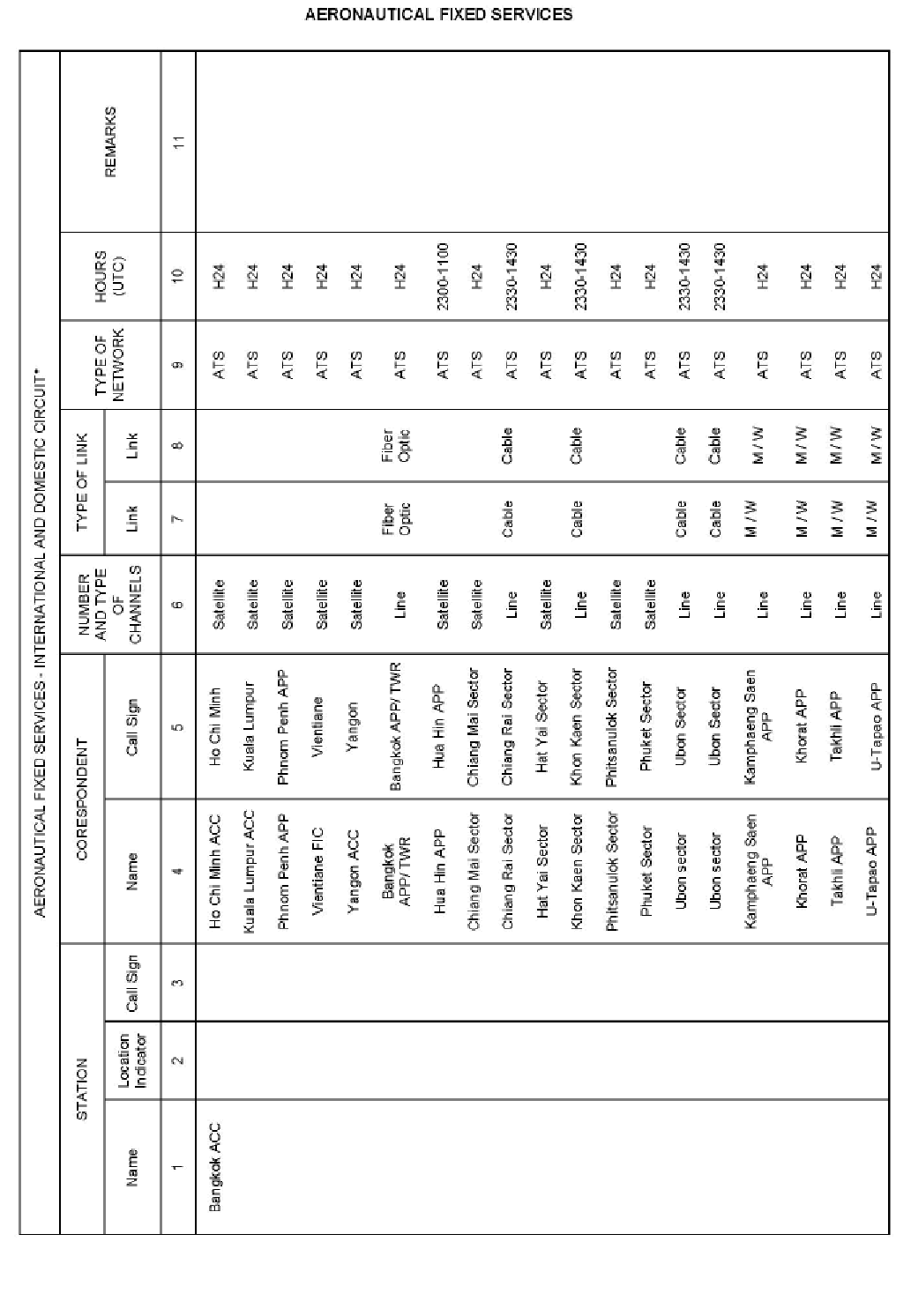

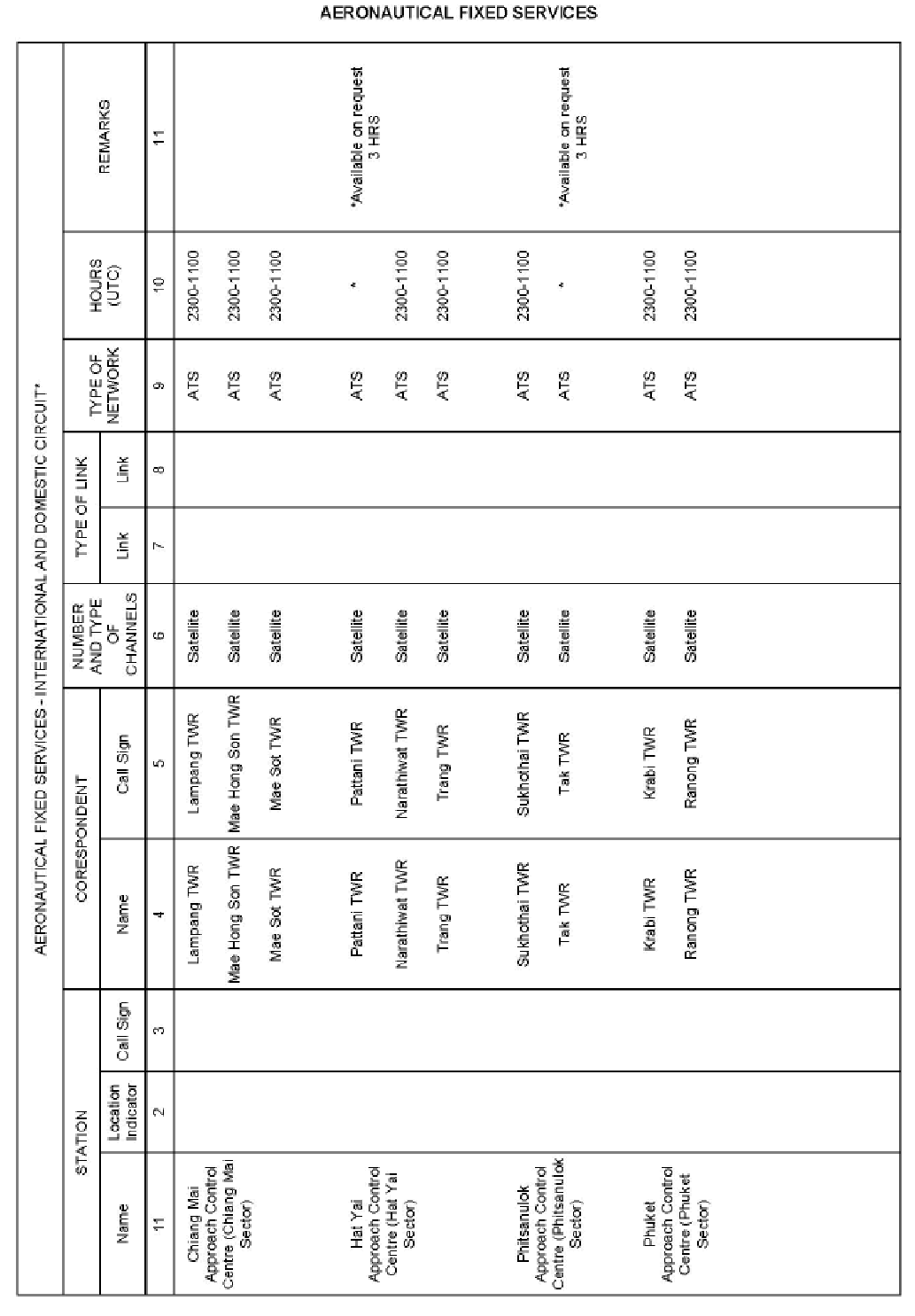
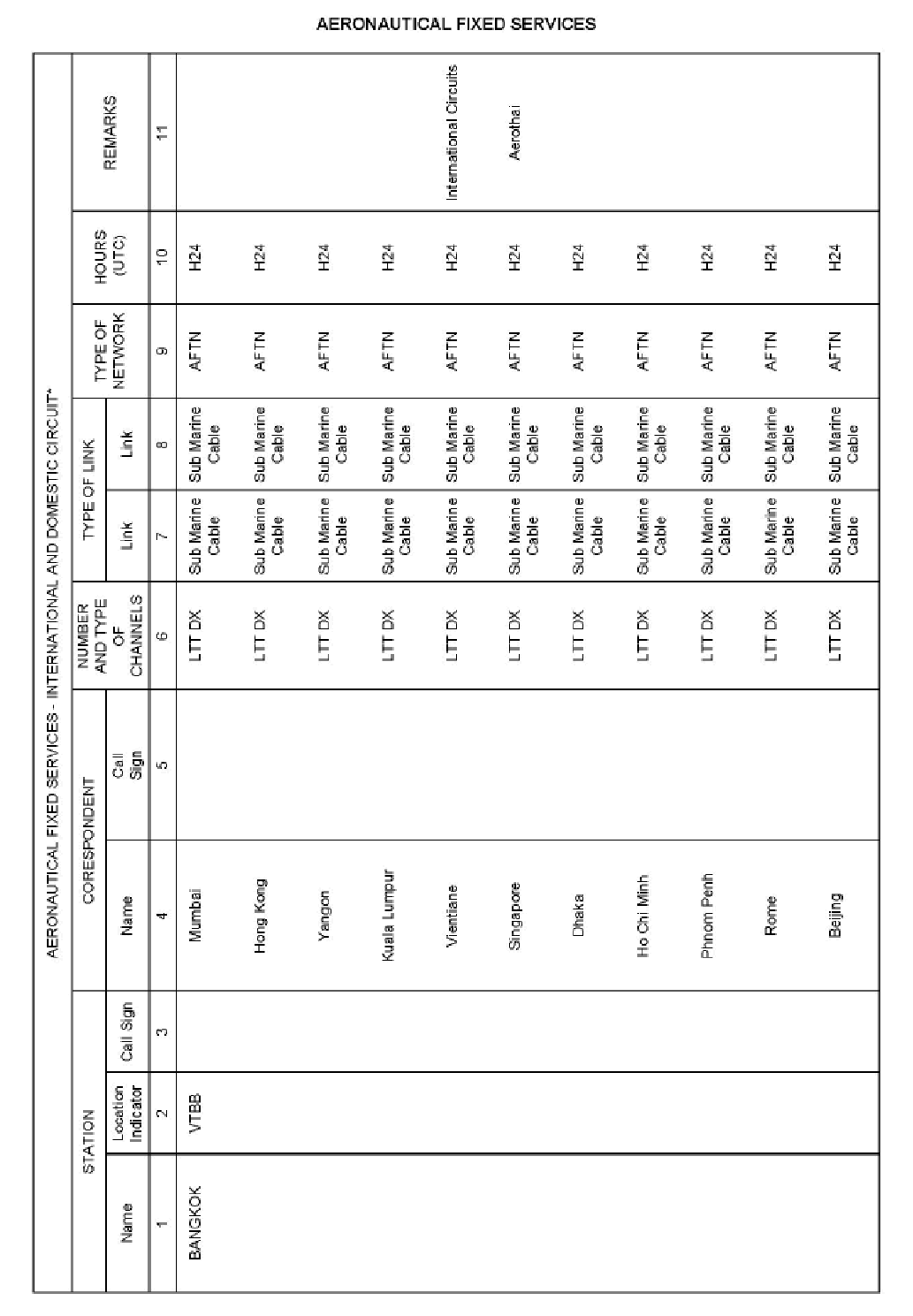
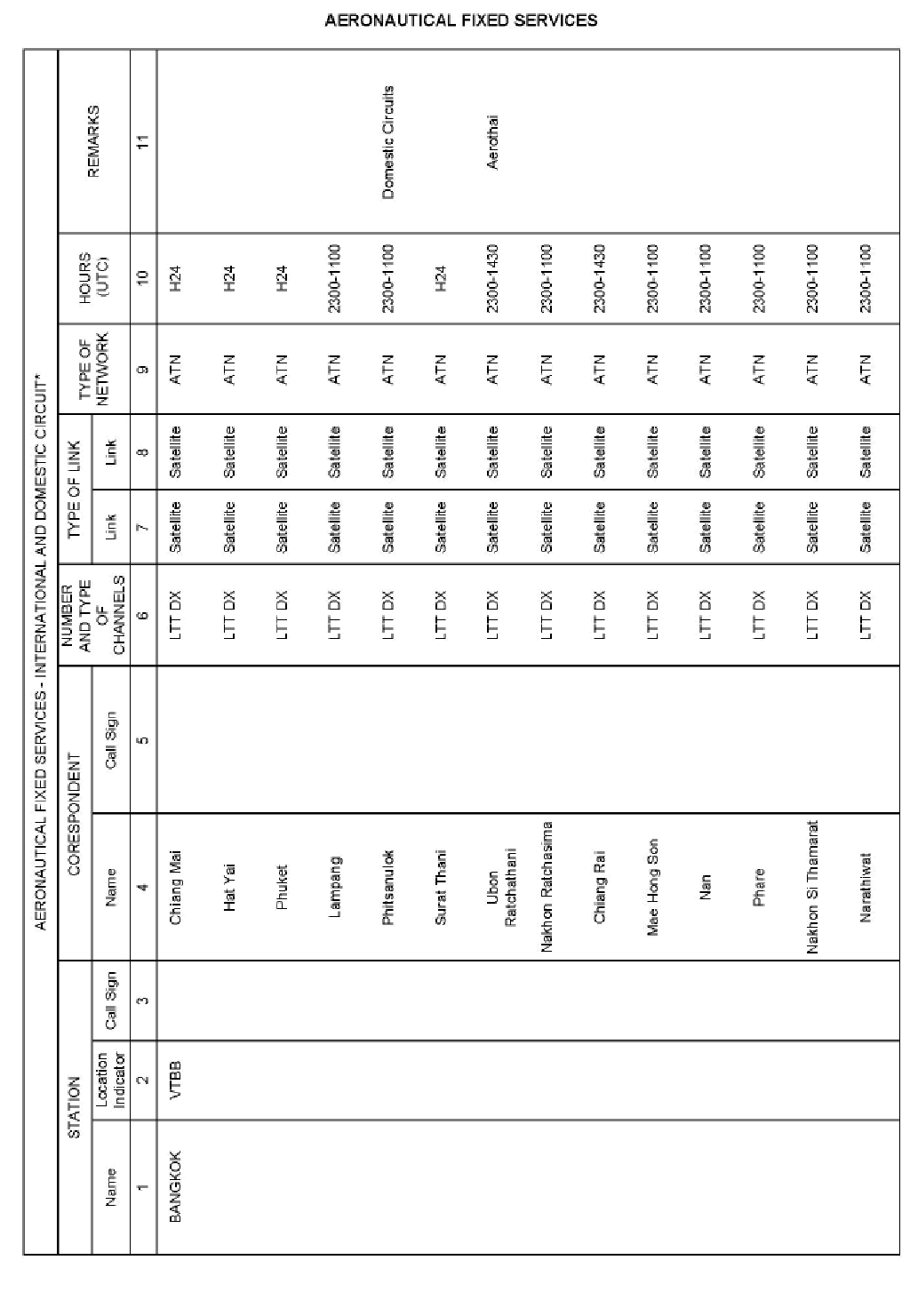

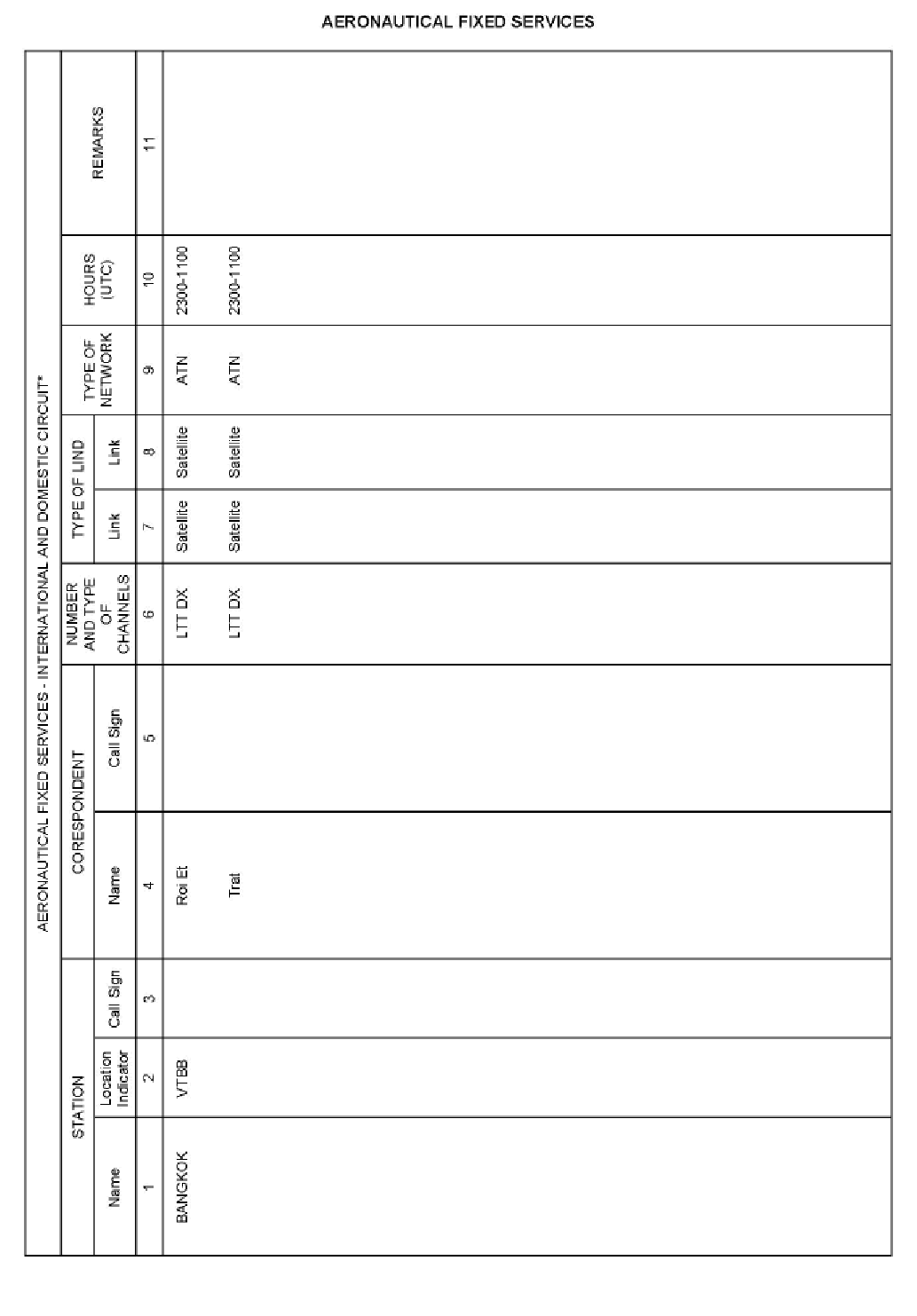
4. Requirements and conditions
NIL
5. Miscellaneous
NIL